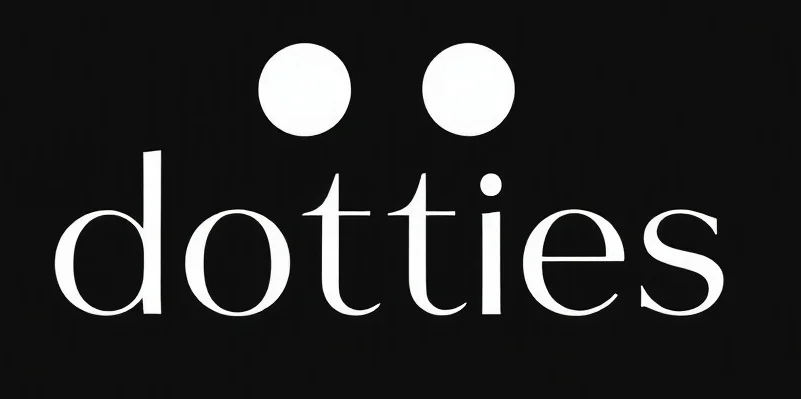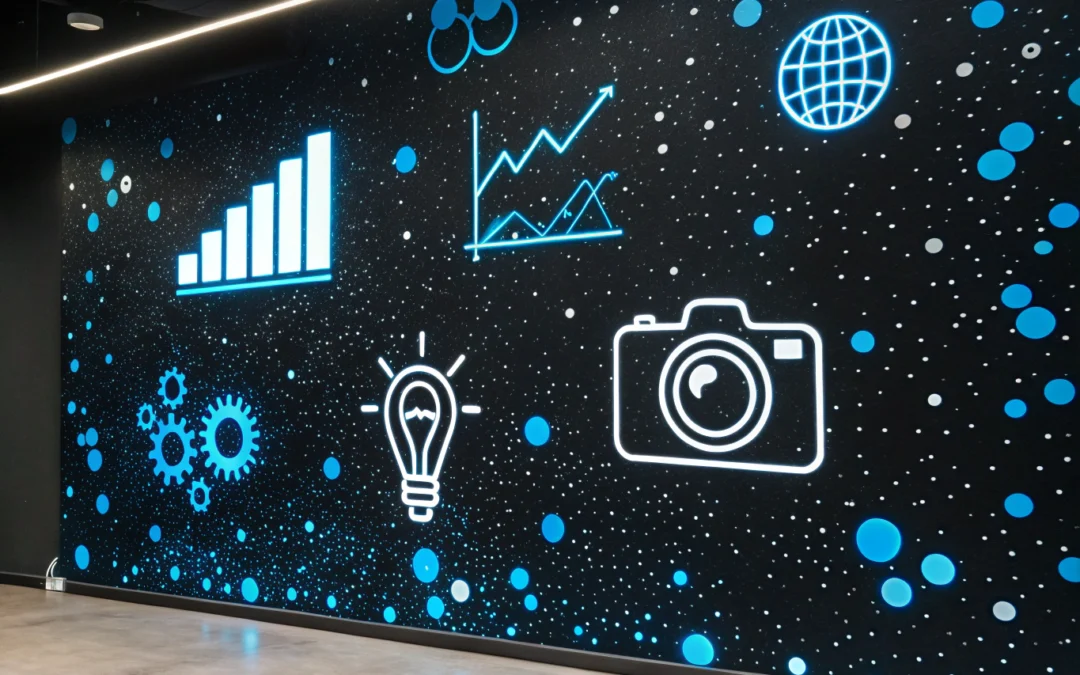The Art of AI: Imagery in High Resolution
We’ve all been there. Staring at a pixelated image, squinting like it’s going to reveal the secrets of the universe. Enter the high res image generator, a tool that promises to sharpen those blurry lines and bring clarity to the muddled chaos. But what exactly does this mean for us at the intersection of AI and ecommerce? Is this another notch in AI’s belt, or just a fancy parlor trick?
AI: The Intern with a Paintbrush
Picture AI as our eager intern, now armed with a digital paintbrush. Imagine said intern tasked with creating a masterpiece from a crumpled, faded postcard. That’s essentially what AI image generators are trying to do—they take low-quality images and attempt to conjure up high-resolution versions. The process isn’t magic; it’s a combination of machine learning models that have been trained on vast datasets of images, learning to predict and fill in the gaps with impressive accuracy.
But let’s not get carried away. Just like our metaphorical intern, these AI systems sometimes stumble. They might add an extra finger or two to a hand or misinterpret the texture of a surface. Yet, as we continue to fine-tune these models, the results are becoming increasingly impressive, offering tools that can genuinely enhance the visual experience.
Bridging the Gap: From Pixels to Precision
High-resolution image generation is more than just a tool for clarity. It’s bridging the gap between digital inadequacies and the demands of a visually-driven market. In ecommerce, where the image of a product can make or break a sale, having the ability to present clear, crisp visuals is invaluable. It’s about meeting expectations—delivering visuals that speak to quality, professionalism, and attention to detail.
Moreover, these tools allow businesses to leverage their existing assets, enhancing them rather than starting from scratch. This can be a significant cost-saver, particularly for small businesses or startups that might not have the resources for professional photography at every turn.
Keeping It Human-Centered
While AI continues to make strides in creativity, it’s crucial to keep the process human-centered. AI isn’t replacing artists or designers; it’s augmenting their abilities. It’s like giving our intern a better set of tools to work with, allowing them to execute their vision more effectively. This collaboration between human creativity and AI’s computational prowess can lead to truly remarkable outcomes.
In the grand scheme of things, AI image generation helps us rethink how we produce and consume visual content. It challenges us to ask, how can we integrate these tools to enhance our workflows and outputs? And importantly, how can we keep the human touch in our increasingly digital creations?
Actionable Business Recommendations
So, how can entrepreneurs and marketers capitalize on this technology? First, consider integrating high-resolution image generators into your content creation process. Use them to enhance product images, marketing materials, and social media content. This can improve customer engagement by ensuring your visuals are sharp and appealing.
Secondly, invest time in understanding the tool’s capabilities and limitations. A well-informed approach will help you maximize the benefits while managing expectations realistically.
Lastly, foster a culture of experimentation. Encourage your team to explore creative uses of high-res image generation, potentially uncovering unique ways to differentiate your brand in the marketplace. After all, AI is here to assist, not to dictate—like any good intern, it’s what you make of it that counts.
Checkout ProductScope AI’s Studio (and get 200 free studio credits)

